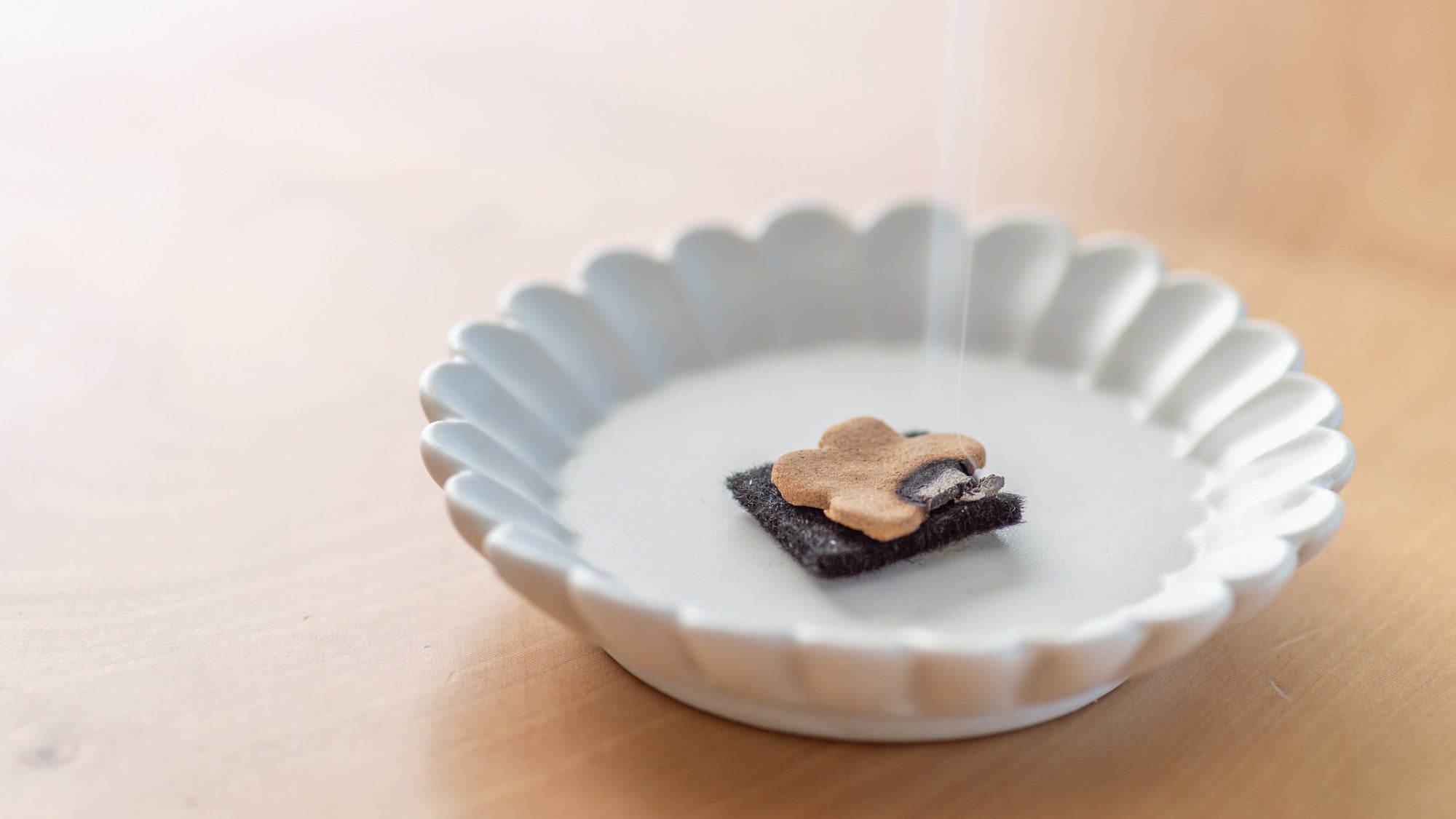
The Art of Kodo: Exploring Japanese Incense Culture at Juttoku.
Written by Team MUSUBI
In Japan, the three traditional arts of chado (tea ceremony), kado (flower arranging), and kodo (incense appreciation) are collectively referred to as the Sando (three ways). These refined practices, developed and perfected over centuries, each embody a do (way), reflecting a deep connection between craftsmanship and spirituality.
At MUSUBI KILN, we have previously introduced chado and kado in our Journal. This time, we turn our attention to the fascinating world of kodo and delve into its unique charm.
To deepen our understanding of the refined art of kodo, Team Musubi first sought to explore the fundamentals of Japanese incense culture. Our journey began with a visit to Juttoku, a renowned incense shop located in Tokyo's historic Kagurazaka district. During our visit, we delved into the origins and significance of Japanese incense, gaining insights into its various types and uses. The experience was further enriched by an opportunity to create our own original incense, providing a hands-on introduction to the captivating world of kodo.
Table of contents
About Juttoku.

Upon stepping through the sliding door adorned with a noren at the entrance of Juttoku., we were welcomed into a serene space filled with the soothing scent of incense. The interior exuded a sense of tranquility. Beautifully handcrafted incense sticks, pressed incense, and Kutani ware incense burners were neatly arranged, reflecting a deep appreciation for craftsmanship.

“The purpose of incense is to purify,” explained Iguchi Mai, the owner of Juttoku. “That’s why we have a stone water basin for purification at the entrance and a noren, which symbolizes warding off negative energy.” True to her words, the shop was imbued with a calming presence, allowing visitors to experience a moment of peace through fragrance.

At Juttoku., visitors can experience creating three types of incense:
1. Inko (Pressed Incense) – Powdered incense kneaded with a binder, shaped into small forms such as flowers or traditional patterns. It is burned directly like incense sticks.
2. Kobukuro (Incense Sachets) – Small fabric pouches filled with aromatic ingredients, commonly placed in drawers, bags, or clothing.
3. Zuko (Body Powder Incense) – Finely ground incense applied to the body for purification, often used in Buddhist practices.

Team Musubi decided to experience inko-making this time. Guided to the back of the store, we entered a dimly lit yet serene space. There, we embarked on the creation of our own original inko using traditional materials.
Our Hands-On Experience: Creating Pressed Incense at Juttoku.

First, we received explanations about the carefully selected raw materials, learning about their unique characteristics and significance in Japanese incense culture. Each of these natural materials possesses a distinctive fragrance and has been an essential part of Japanese incense culture for generations. Here are the ingredients we used.
The Ingredients

- Byakudan (Sandalwood) – Warm, woody scent; insect-repelling properties.
Ryuno (Borneo Camphor) – Cool, refreshing aroma; used for purification.
Choji (Cloves) – Warm, slightly spicy fragrance.
Keihi (Cassia & Cinnamon) – Sweet, warming scent.
Sanna (Ginger Lily) – Delicate, spicy-sweet fragrance.
Kansho (Spikenard) – Earthy, slightly musky scent.
Daikaikyo (Star Anise) – Sweet, spicy aroma, reminiscent of licorice.
Kakko (Patchouli) – Deep, earthy, and slightly sweet fragrance.
Nyuko (Frankincense) – Warm, resinous scent; associated with purification.
Among these, the most memorable was byakudan. According to Iguchi, "Byakudan is one of the most representative fragrances in Japanese incense." I decided to use a larger amount and make it the base of my blend.


Step-by-Step Process
1. Selecting Ingredients
We were given a record sheet to document our blend, marking the measurements as we adjusted the composition.

The spoons used for measuring the ingredients came in various sizes, with the smallest ones allowing us to add only a tiny amount—almost imperceptible. However, since some fragrances are quite potent, even a small quantity could significantly influence the overall scent. For this reason, we carefully adjusted the blend little by little, ensuring a balanced and harmonious fragrance.

2. Grinding & Mixing
The raw materials were finely ground and blended into a uniform mixture. Gently mixing the ingredients with a mortar and pestle was a calming motion, bringing a sense of tranquility as we worked.

3. Adding Binding Agents
A special binding powder made from tabuko (Machilus thunbergii) and water was added to create a dough-like consistency. Adjusting the right amount of water was challenging, but we managed to form the mixture successfully.

4. Shaping the Incense
We carefully pressed the mixture into wooden molds, creating delicate floral and geometric shapes. A variety of traditional Japanese motifs were available, including familiar designs often seen at MUSUBI KILN. Patterns like cherry blossoms, Mount Fuji, and shochikubai (pine, bamboo, and plum) made the selection process even more enjoyable.

5. Drying & Setting
After shaping, the inko pieces were placed in a small wooden box. We then took them home and set them in a well-ventilated area, away from direct sunlight and humidity, to dry for about two days.



After the drying process, we enjoyed the finished incense together at the office. As soon as we lit it, the fragrance began to fill the air.
Some of the reactions included:
"It smells like a temple."
"The cinnamon scent is quite strong."
"I find it calming—it's a really nice fragrance."

At Juttoku., I felt that the inko I made had a very strong fragrance right after shaping. However, after drying, the scent settled and mellowed, reaching just the right intensity. Although the inko burned out relatively quickly, its scent lingered in the room for a while, making it a truly special experience.
The Origins of Juttoku.

After this hands-on experience, I had the opportunity to speak with Iguchi about the history of Japanese incense. I told her that the process felt almost meditative, and Iguchi shared that she had opened Juttoku. with the very same sentiment in mind.
Iguchi’s journey into the world of incense was not planned—it was inspired by a life-changing experience in 2009, during the Bankruptcy of Lehman Brothers . At that time, she was working in the IT industry, immersed in long hours and intense pressure. The overwhelming stress began to take a toll on her mental and physical well-being.
In search of relief, she happened upon a pottery studio nestled at the foot of Mount Fuji. There, she engaged in pottery making, surrounded by a quiet, peaceful environment. To her surprise, she found that working with clay in a serene atmosphere significantly eased her stress and anxiety.
What left an even deeper impression, however, was the incense burning in the studio. As she immersed herself in its delicate, lingering fragrance, she felt a newfound sense of calm and emotional balance. This experience led to a profound realization—modern life lacks moments of stillness, and creating such moments is essential for well-being.
Discovering the Uniqueness of Japanese Culture Through Incense

Another pivotal moment in Iguchi’s journey was her growing awareness of Japanese cultural identity. During her student years, she had numerous opportunities to travel abroad, where she was often faced with questions about what truly defines Japanese heritage.
During one such conversation in the United States, a Chinese American friend remarked that much of Japanese culture was derived from China, suggesting that it was merely an imitation. This comment struck a nerve and led her to reflect on what makes Japanese culture distinct.
Although she was well aware that many aspects of it had been introduced from China, she had never seriously questioned what made Japan’s cultural identity unique. This experience prompted her to ask herself: Why did Japan develop its own traditions? What defines Japanese aesthetics and philosophy?
In her search for answers, she found herself drawn to incense. She realized that incense was not just a borrowed tradition but had been adapted, refined, and deeply integrated into Japanese history and spirituality. Over time, it evolved into an art form known as kodo, becoming a cultural practice distinct from its origins.

According to Iguchi, the evolution of Japanese incense culture can be traced through three major turning points:
Asuka Period (538–710 CE)
Incense was introduced to Japan alongside Buddhist rituals and was primarily used for purification and spiritual offerings.Heian Period (794–1185 CE)
Aristocrats began incorporating incense into their daily lives, creating seasonal fragrance blends and using scent as a means of artistic and poetic expression.Azuchi Momoyama & Edo Period (1573–1868 CE)
Warriors would scent their armor, believing incense provided spiritual protection. Meanwhile, kodo became a formalized art, joining kado and chado as one of Japan’s esteemed cultural traditions.
Despite the fact that Japan does not naturally produce the raw materials for incense, the Japanese refined and elevated the appreciation of incense into a sophisticated and meditative practice. Through this process, incense became an essential element of Japan’s traditional culture.

Iguchi explained that Japanese incense has developed uniquely, distinct from those of India, China, and the West. Unlike perfumes, which are often applied directly to the body, Japanese incense has long been used to create an atmospheric fragrance. It is employed to gently scent living spaces, infused into clothing to leave a faint, lingering aroma, and even applied to letters as a thoughtful gesture. She also noted that Japan’s preference for subtle and refined fragrances may be deeply rooted in its natural environment, where clean water and understated beauty are highly valued.
Driven by a strong desire to share the beauty of Japanese incense with the world, Iguchi has been hosting the workshop we experienced at Juttoku. since its establishment. Furthermore, she strives to accommodate English-language workshops whenever possible, aiming to make this art accessible to a broader audience.
Incense offers a unique way to connect with Japan’s cultural heritage through scent, which has a powerful ability to evoke emotions and memories. A familiar fragrance can instantly transport us back to a past journey or experience. For those interested in exploring this tradition, visiting Juttoku. is an unforgettable experience, allowing you to not only appreciate the beauty of incense but also create something truly personal.
Juttoku.
23 Bentencho Shinjuku-ku, Tokyo



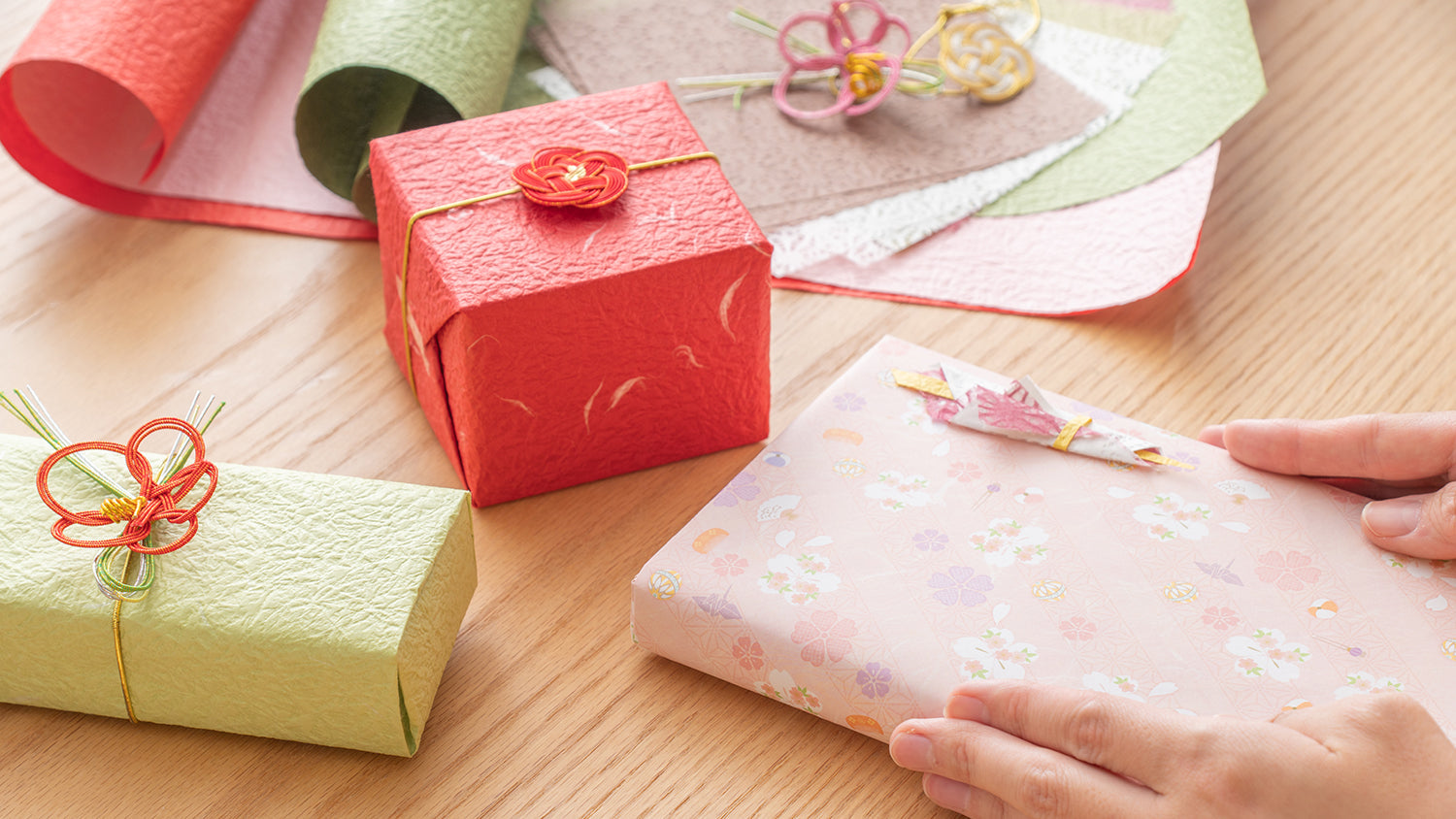

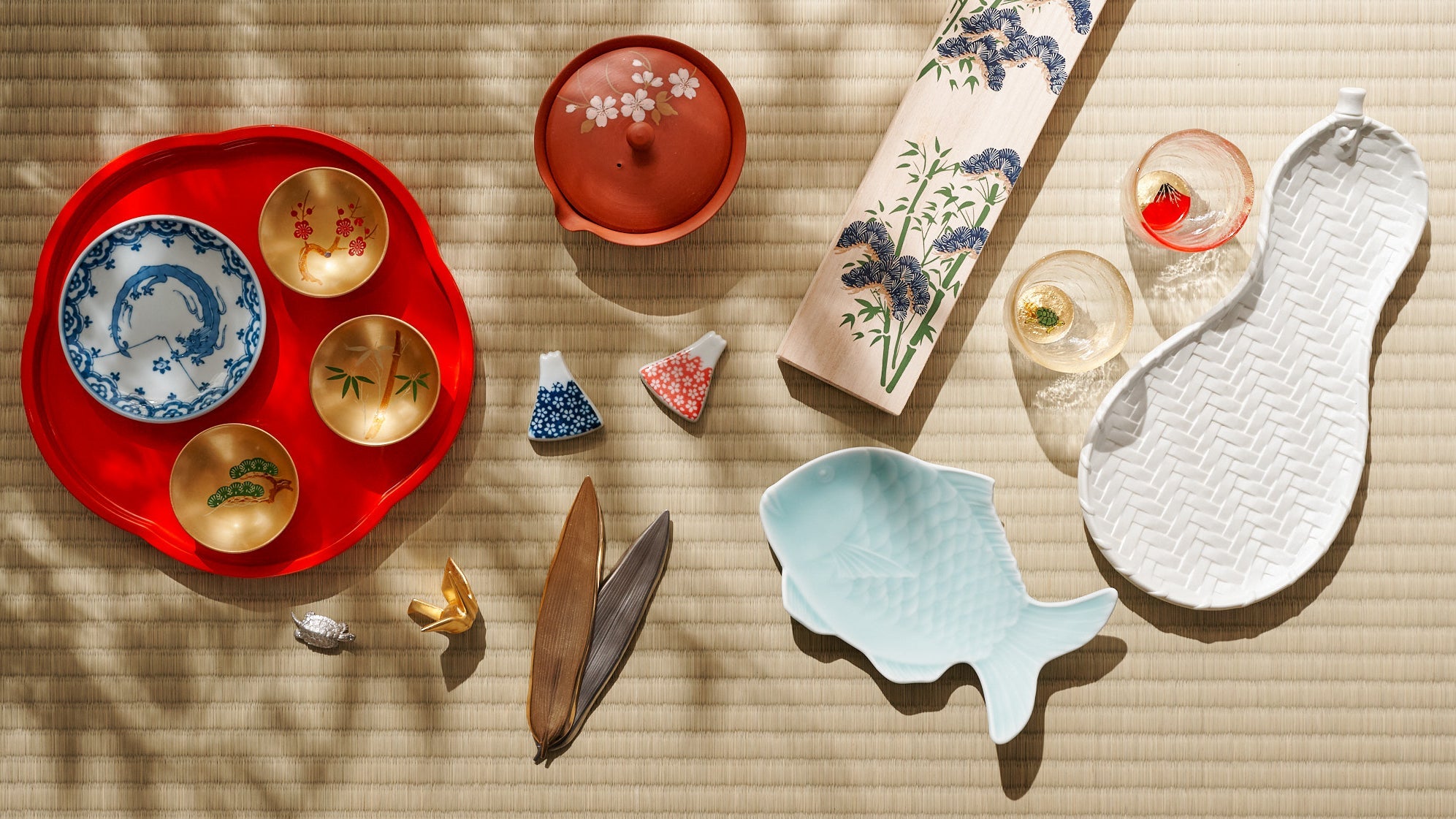
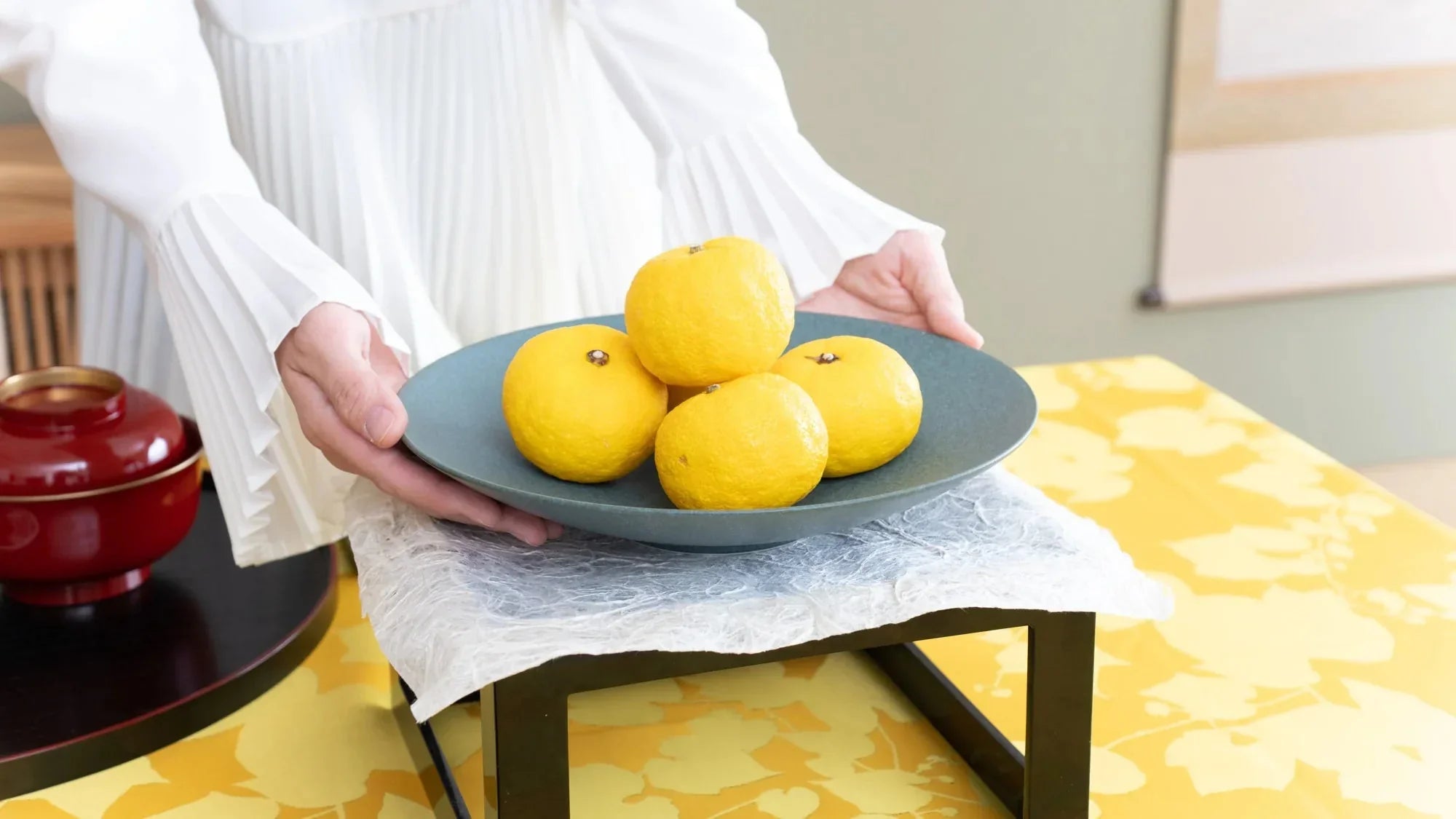
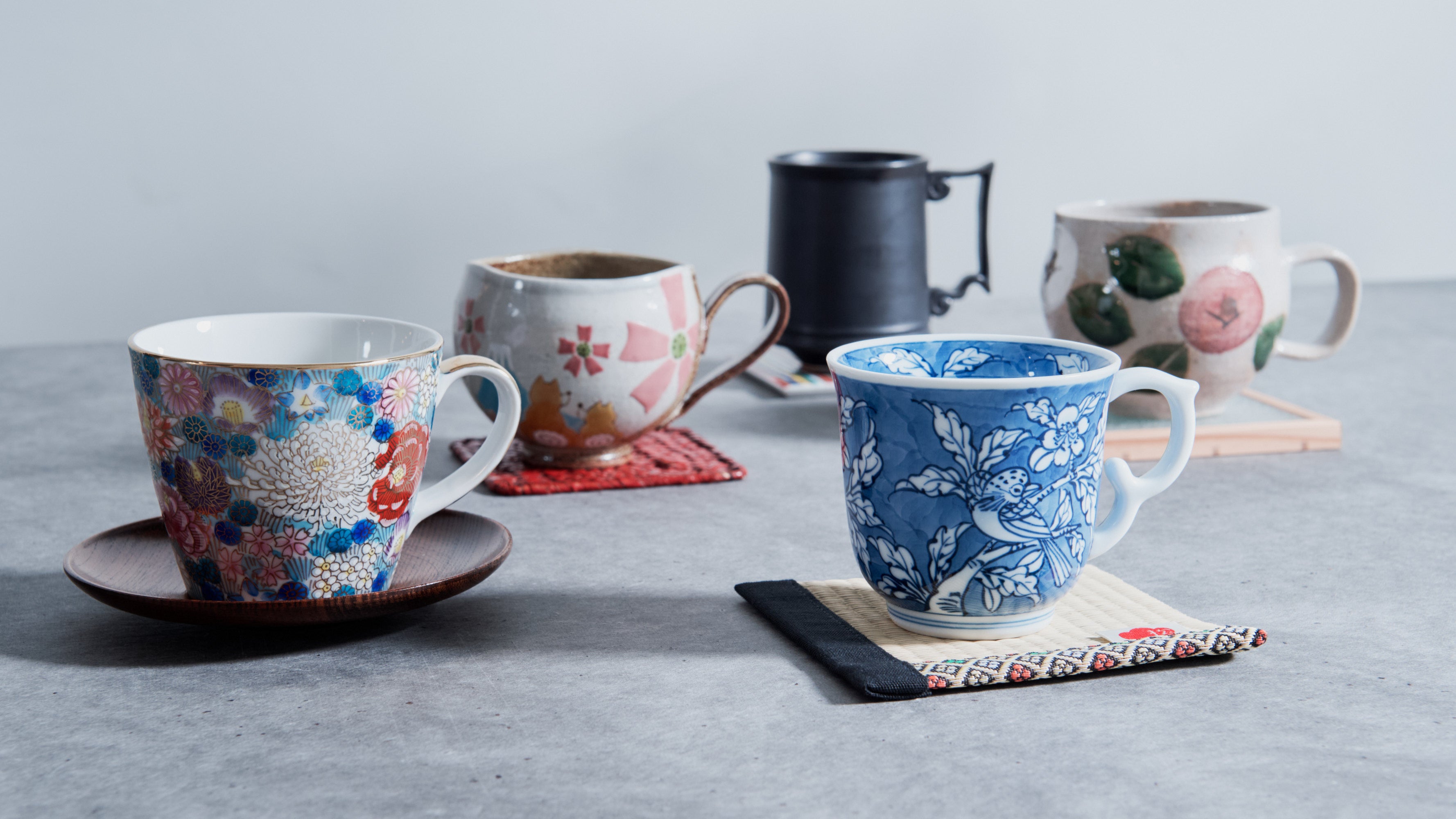
Leave a comment
This site is protected by hCaptcha and the hCaptcha Privacy Policy and Terms of Service apply.